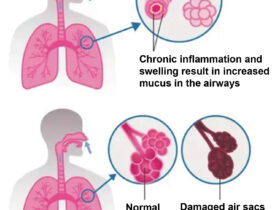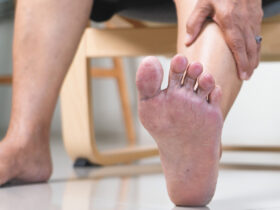By Dr. John C. Kagan, M.D.
 National Physical Therapy Month provides an ideal opportunity to learn more about the importance of establishing an effective recovery and rehabilitation plan following joint injury or surgery. Physical therapy is key to building strength in muscles surrounding the joint, restoring range of motion, easing pain and improving function, all of which will enable you to return to participating in regular activities.
National Physical Therapy Month provides an ideal opportunity to learn more about the importance of establishing an effective recovery and rehabilitation plan following joint injury or surgery. Physical therapy is key to building strength in muscles surrounding the joint, restoring range of motion, easing pain and improving function, all of which will enable you to return to participating in regular activities.
Joint pain is different for everyone, and so are the treatment options. When non-surgical options fail to relieve symptoms associated with joint pain, surgery may be recommended as a course of treatment. Joint surgery options may include arthroscopy, a minimally invasive surgical diagnosis and repair completed using an arthroscope, or total joint replacement, also known as arthroplasty.
Arthroscopic surgery is a highly valuable tool in the diagnosis and repair of joint tears and joint inflammation. Meniscal tears in the knee can often be successfully treated with arthroscopic surgery, and it also aids in the removal of inflamed linings in the knee, shoulder, elbow, wrist and ankle joints. Arthroscopic surgery is often an outpatient procedure, allowing most patients to return home several hours after surgery. Patients are often able to return to work or school within a few days of the procedure.
Through arthroplasty surgery, damaged bone and cartilage is removed and replaced with prosthetic components. As with arthroscopic surgery, recovery time is dependent on the severity of damage and the location of joint damage, as well as the rehabilitation plan. Doctors often recommend that patients eat well and exercise regularly to strengthen the body prior to surgery, and will encourage patients to use the new joint shortly after operation. While hip and knee replacements are the more common, replacements can also be performed on joints in the ankle, shoulder, fingers and elbow.
Therapy following joint surgery is dependent on the type of surgery performed and the patient’s active participation in the physical therapy guidance provided. Following an injury or surgery, general conditioning programs can help you return to regular activity. Before starting any new exercise program, consult your doctor, physical therapist or orthopedic specialist to ensure the program is right for you. Your doctor or physical therapist can help determine the length and course of rehabilitation efforts, ensuring that strength and range of motion is enhanced.
The goal of any type of joint surgery is to alleviate pain and restore capability. If you are experiencing joint pain following an injury or are in need of joint surgery, it is important to speak with a doctor to discuss treatment options. A proactive approach will greatly assist in promoting positive recovery outcomes, allowing you to return to performing daily activities.
If you have concerns about your joint health, Dr. John C. Kagan and his staff are ready to answer all of your questions. Dr. Kagan has more than 30 years of experience as an orthopedic surgeon and sports medicine specialist treating patients in Southwest Florida. He specializes in treating patients with knee, shoulder and hip pain, as well as general orthopedics and hand surgery. For more information, visit www.kaganortho.com or call 239-936-6778.









